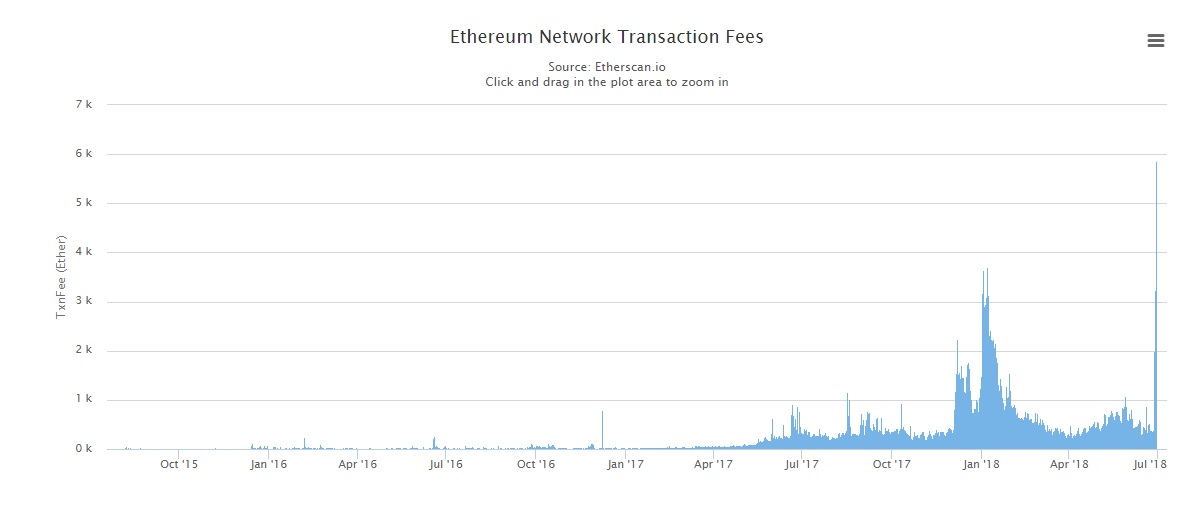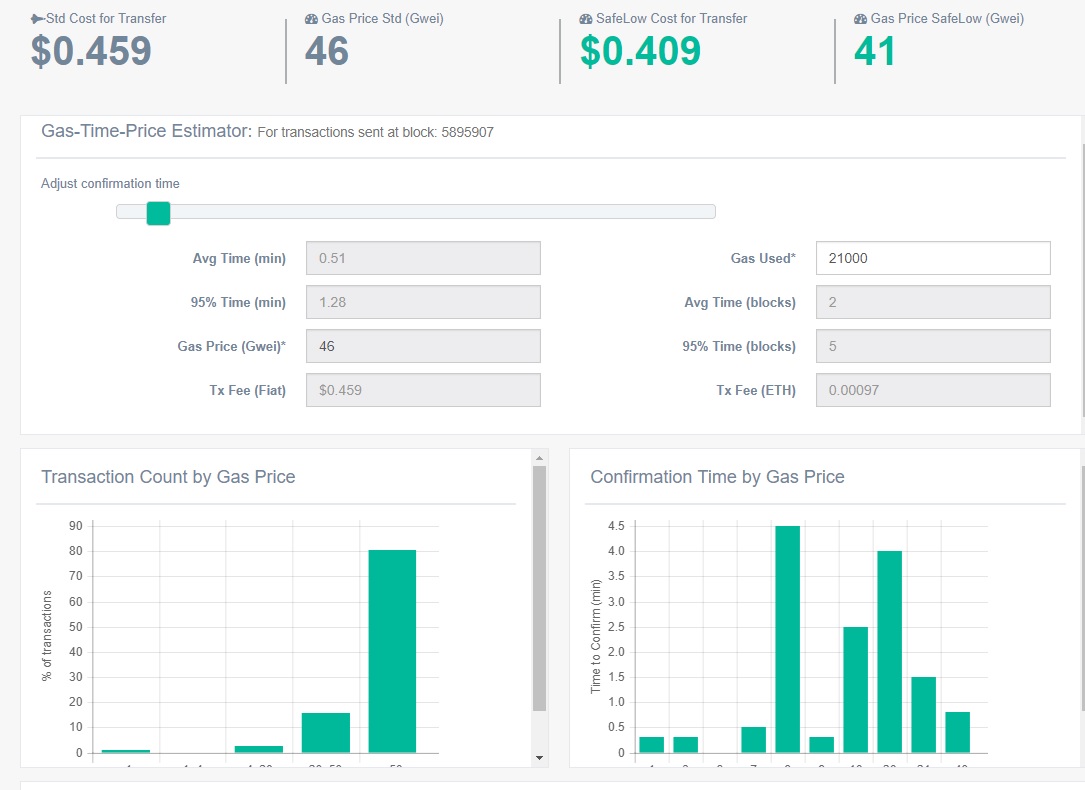
Ironically, the network usage is about half of 1.4 million transactions a day recorded in January. Airdrops are believed to be the reason for the dramatic rise.
There is no change in the gas limit. This suggests that there is no change in Ethereum network’s processing capacity for around 1.4 million transactions. However, total gas usage stays near all-time high. Similar to Bitcoin’s bytes, Gas is another unit of measurement. A fee of 97 gwei per gas is currently required for an ethereum transaction. It should be remembered that gwei is itself a unit of eth (1 eth = 1,000,000,000 Gwei).
Sudden network congestion can result in inconsistent processing. In such cases, transactions may not be taken up by a miner, despite being within the safe range of 40-80 Gwei per transaction. Multiple reasons are provided by experts for the sudden rise in transaction charges:
Binance has raised its outgoing transaction fee to 180 Gwei, or roughly $1.78 paid per transaction to avoid withdrawal delays. To the disappointment of traders, the fee charged by Binance for Ethereum withdrawals is higher than Bitcoin’s average transaction fee of $1.55.

According to ETH Gas Station data, most of the high-gas transactions emerge from airdrop issuers. An airdrop is a process of sending tokens en masse to wallet addresses holding ETH. Airdrops, which are primarily meant to increase holder diversity, are used to publicize ICOs.

The airdrop competition ran by FCoin, a new Chinese exchange, is believed to be the culprit behind the rise in Gas price. The competition involves selecting a crypto token for listing based on the highest number of holders. This triggered a race among cryptocurrency developers, who wanted to send tokens to a large number of addresses within a short span of time. This resulted in a sudden rise in Gas prices. Notably, to push competitors behind, some of the airdrops used more than 300 Gwei per transactions. This inadvertently pushed back normal transactions.
Through consensus, the number of transactions processed per second can be increased by modifying Ethereum network’s gas limit. However, such an attempt will compromise the network security. Therefore, the gas limit remains unchanged. To resolve such issues, Ethereum developers are working on scaling solutions such as Sharding and Plasma. Simultaneously, the consensus protocol will also be updated to proof-of-stake, from the current proof-of-work. The implementation of second layer scaling solutions such as Plasma will virtually remove the limit on scalability.
